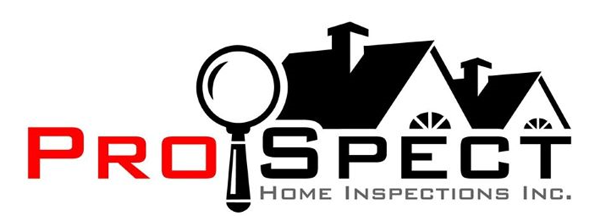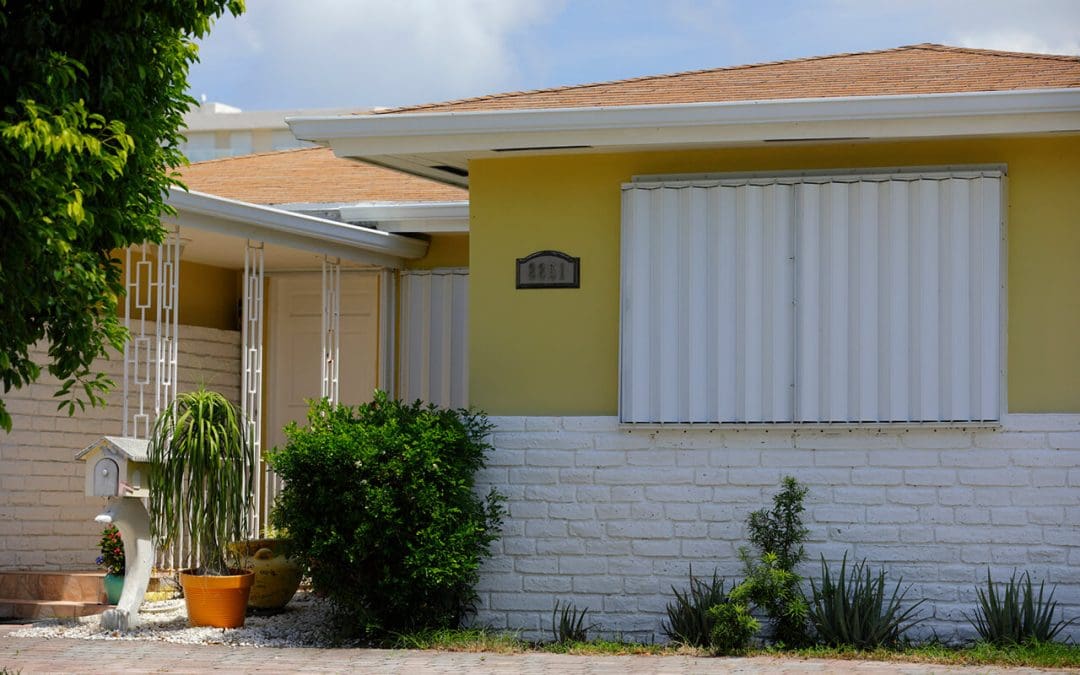Few steps are as valuable as a wind mitigation inspection when it comes to protecting your home from severe weather. This type of inspection evaluates how well a home is built to withstand strong winds, hurricanes, and tropical storms. By looking at key structural elements such as the roof, doors, windows, and attachment points, a wind mitigation inspection provides a clear picture of how resilient the property is.
Why Wind Mitigation Matters for Homeowners
Wind mitigation is about more than storm protection. It’s a proactive way to safeguard your investment. Homes that meet certain wind-resistant standards are less likely to experience catastrophic damage during storms. This means fewer repairs, lower risks of displacement, and greater peace of mind. In states like Florida and other coastal areas, insurance companies often reward homeowners who have had a wind mitigation inspection with reduced premiums. The inspection is a one-time process, but the benefits will last for years.
What Inspectors Look for During Wind Mitigation Inspection
A wind mitigation inspection focuses on specific construction features that could either reduce or increase a home’s vulnerability. Inspectors examine the type of roof covering, how the roof is attached to the walls, and whether there are protective barriers like water-resistant underlayment. They also check for impact-resistant windows, reinforced doors, and the presence of shutters. Even small details, like the shape of the roof or the way the trusses are secured, will make a big difference in how well the home performs during high winds. The results are then documented in a report that homeowners will provide to their insurance company.
How the Wind Mitigation Inspection Benefits Buyers
Wind mitigation inspections are powerful tools for homebuyers during the purchasing process. Knowing whether a home has wind-resistant features helps buyers make informed decisions about safety and future expenses. A property that already meets strong wind mitigation standards may have lower insurance costs, making it more appealing. On the other hand, if the inspection reveals vulnerabilities, buyers may negotiate repairs or budget for improvements before closing. This added transparency ensures fewer surprises and greater confidence in the investment.
Potential Financial Benefits
One of the most practical advantages of wind mitigation is the potential for financial savings. Insurance companies recognize that homes built or upgraded to withstand strong winds are less risky to insure. As a result, homeowners often see a noticeable reduction in their premiums after submitting a wind mitigation inspection report. Over time, the savings will exceed the inspection cost, making it a smart financial decision. Beyond insurance, reducing the risk of storm damage means fewer unexpected repair bills, which helps protect long-term budgets.
When to Schedule a Wind Mitigation Inspection
Many homeowners choose to schedule a wind mitigation inspection after purchasing a new home, completing major renovations, or installing upgrades such as a new roof or impact-resistant windows. If you live in a hurricane-prone region and have never had one done, scheduling an inspection sooner rather than later is wise. The inspection highlights areas where the home is strong and identifies opportunities for improvement. Addressing weaknesses now will pay off later in both safety and cost savings.
Upgrades to Consider
If an inspection shows that a home could benefit from improvements, there are several upgrades that enhance wind mitigation. Installing impact-rated doors and windows, reinforcing roof-to-wall connections, and applying a water-resistant underlayment beneath roof coverings are all effective strategies. Even adding storm shutters or hurricane clips could make a significant difference. These upgrades strengthen the home and increase its market value, since buyers often see storm-ready features as a significant selling point.
Peace of Mind Through Wind Mitigation
Ultimately, wind mitigation is about peace of mind. Severe weather is unpredictable, and while no home is completely storm-proof, taking steps to improve resilience makes a tremendous difference. Homeowners who invest in wind mitigation feel more secure knowing that their property, family, and finances are better protected. It’s a proactive approach that pays off both emotionally and practically, especially in regions where storms are a regular part of life.
FAQs
How much could I save on insurance with wind mitigation?
Savings vary, but many homeowners see substantial reductions in their premiums, sometimes hundreds of dollars per year, depending on the home’s features and the insurer.
How long does a wind mitigation inspection take?
Most inspections are completed in about an hour, though larger homes or properties with complex features may take longer.
Do I need a wind mitigation inspection if my home is newer?
Yes. Even newer homes benefit from a wind mitigation inspection. Building codes vary, and confirming that your home has the strongest protections could save money and improve safety.
Is wind mitigation required?
In most cases, it isn’t required, but it is strongly recommended in hurricane-prone areas. Many insurance companies request it before offering premium discounts.
Pro Spect Home Inspections offers home inspections to customers in Citrus, Hernando, Pasco, Hillsborough, and Pinellas counties. Contact us to schedule our services.

